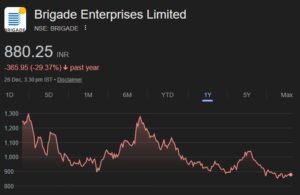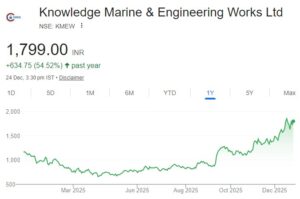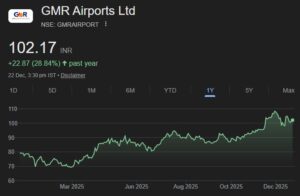
In out lust for making a quick buck, we turn a blind eye to red flags which would otherwise caution us that something is amiss and that we need to stay away.
Unfortunately, as the Sharon Bio-Medicine episode has shown us, one of the red flags is that the promoter, Asha Mohan Kala, had pledged a large part of her shareholding. When the lender dumped the stock to recover its dues, the stock price went tumbling, washing away months of gains.
Kiran Somwanshi of ET has written an elaborate piece identifying all the red flags that we need to keep an alert for while investing in a stock:
Some of the red flags that he refers to are the following:
Elongating credit cycles:
The fact that receivables are increasing means that debtors are not paying in time for the goods bought by them. This suggests that there is a problem somewhere.
Examples are given of Sintex Industries and Jain Irrigation where delay in payment by the government-controlled customers adversely impacted the growth prospects as well as the balance sheet.
Expansion not supported by reality:
JP Associates is a glaring example of this. Its’ aggressive expansion into cement, real estate and infrastructure for nearly a decade resulted in a mountain of high-cost debt. The stock crashed 70% in the past two years.
Nestle is another example. An investment of Rs 3,500 crore in the past four years to increase its manufacturing capacity even though the demand was slowing down has played havoc with the return ratios of the stock.
Pledging of promoters’ shares:
Apart from Sharon Bio-Medicine, a notable example is Bhushan Steel. During the quarter ended March 2014, the company’s promoters, holding 71% equity, doubled the number of shares pledged. With this, almost 72% of the shares they owned were placed as collateral to borrow. In April, the company’s stock was trading at around Rs 450. On August 5, the Central Bureau of Investigation (CBI) arrested the company’s vice-chairman and managing director in connection with a bribery scandal. This triggered a panic sell-off of the promoter holding held by financial institutions under pledge with the stock crashing to Rs 100 within three weeks of the arrest.
Resignation of key managerial staff:
Apart from Hindustan Oil Exploration Company (HOEC) which Kiran Somwanshi refers to (where the managing director and three independent directors resigned after a dispute with the Italian promoter), examples can be given of Infosys (which had a mini crises before Vishal Sikka came in) and Vaibhav Global (where Sri Burugapalli, Sr. VP, Group Strategy abruptly resigned).
Other red flags that Kiran Somwanshi refers to are regulatory actions like tax raids, inspections and arrests.
One more red flag is FDA inspections and warning letters as we have seen in the case of Wockhardt and IPCA Labs.
Some more red flags which show distress are the selling of core parts of the business. A rating downgrade (either by a credit rating agency or a large brokerage), adverse note by auditors’ note, and delay in filing statutory financial statements are also important red flags that we need to pay attention to.






“How To Avoid Our Multi-Baggers Turning Into “Multi-Beggar” Stocks”
my candid view
avoid those with dubious records those scam tainted guys and those with criminal cases behind them let it be analyst ,” fund manager “.
and it is regretting that we have not learnt lessons after sharon too
The best way to avoid losses are as follows,
– Price touching 52 week high and then falls below 10% of 52 week high and doesn’t show any recovery within 2-3 days.
– On weekly chart price if price is almost double of 200 day moving average and moving average starts to change it’s curve sideways.
– If there is massive fall in price with massive amount of selling volume better exit position.